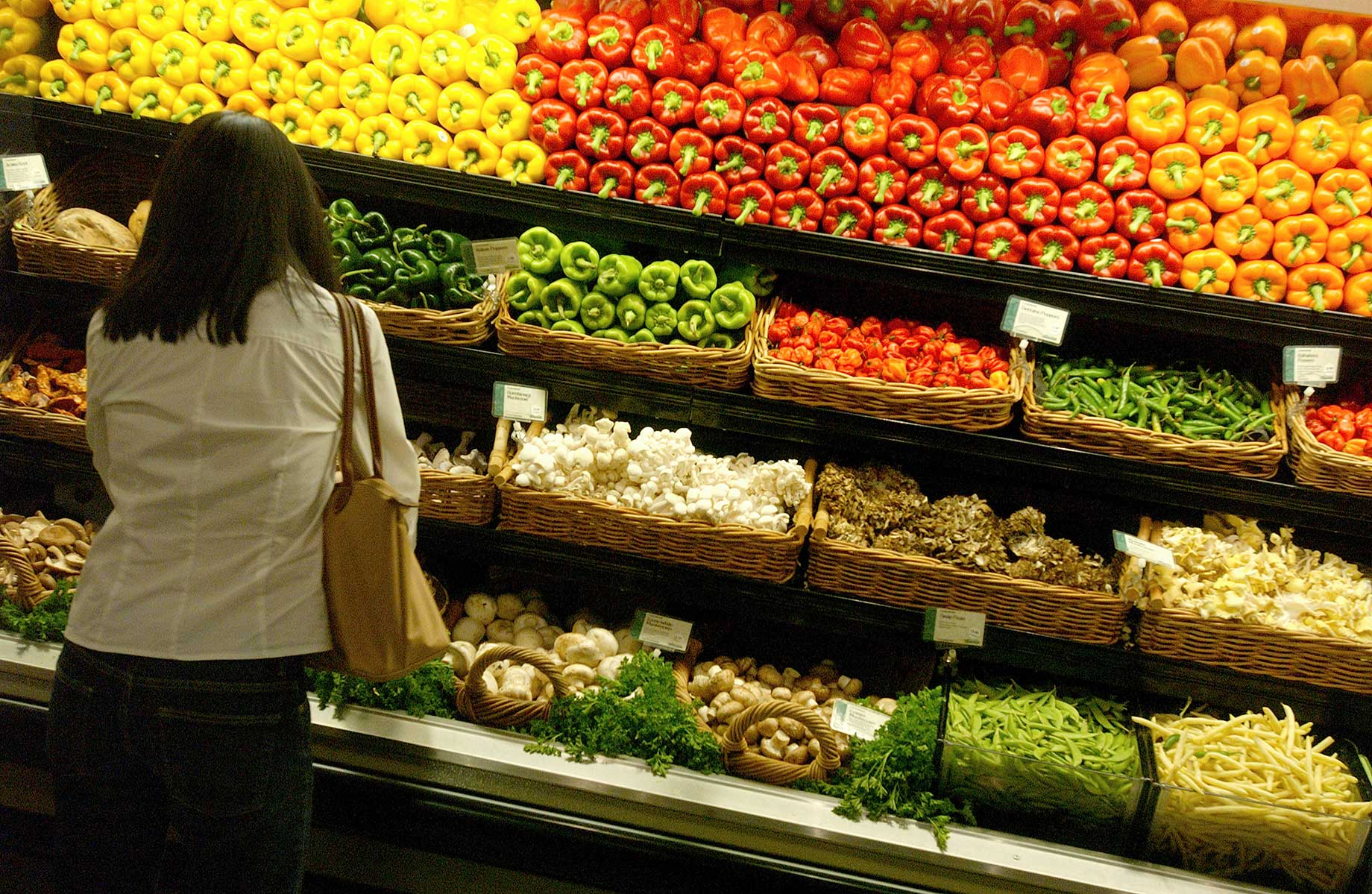A year and a half into its acquisition by Amazon.com, Whole Foods has grown increasingly nimble in its real estate, digital and pricing strategies and has also jettisoned, at least for the most part, its "Whole Paycheck" image, said Jim Sud, Whole Foods' vice president of growth and business development, at a Dallas retail real estate conference on Tuesday.
Since the merger, Amazon has empowered the chain to implement two rounds of price cuts (with a third cut now in the planning stages) and to resume opening stores again, says Sud. Whole Foods had nearly 100 stores in its latest development cycle but was forced to delay or scale back those plans when same-store sales slumped as such natural-grocery rivals as Fresh Thyme Farmers Market expanded rapidly, amid rumors that Whole Foods was up for sale. "We are now focusing on rebuilding our pipeline; I feel like we are kind of back in business again," said Sud, responding to questions from Dallas retail real estate luminary Herbert D. Weitzman at a public forum at the George W. Bush Presidential Center.
“We are now focusing on rebuilding our pipeline; I feel like we are back in business again”
Before the Amazon acquisition, Whole Foods was "way behind the curve" in data and technology investment, as a variety of point-of-sale systems it inherited through its roughly 20 various grocery acquisitions impeded data collection, Sud acknowledged. Whole Foods is presently working on a single point-of-sale system, he said. And the stores now offer a loyalty discount program linked to the Amazon Prime phone apps and credit cards. "Postmerger, our focus is [on] getting pricing and operations right and [on] reinvigorating our commitment to customer service," Sud said.
Slightly less than a third of Whole Foods' 480 stores (about 150) offer Prime Now one- and two-day delivery services, and that number could well grow, Sud says. But the chain has no plans to implement the cashierless technology used at Amazon Go stores, he notes, as that format works best with packaged foods, while roughly two-thirds of the Whole Foods' inventory comprises perishable foods.
Sud is an original shareholder in Whole Foods, which was co-founded in 1978 as SaferWay, by CEO John Mackey and his girlfriend at the time, Renee Lawson, on a residential block in Austin, Texas. The inaugural Whole Foods store opened in 1980 on Austin's South Lamar Boulevard. That 10,000-square-foot store was wiped out a year later in massive flooding; the enterprise lacked flood insurance, but investors and loyal customers who pitched in with the cleanup enabled a reopening.

Whole Foods has shed its "whole paycheck" reputation, according to Jim Sud, vice president of growth and business development
In early 2017 New York City hedge fund Jana Partners, a major Whole Foods shareholder, led a push to force a sale of the chain. Soon after that attempt, an intermediary brought Whole Foods and Amazon together in discreet merger meetings, "and it was love at first sight" for Mackey and the team, according to Sud. Whole Foods executives found Amazon to be "customer-obsessed and highly intellectual," and the merger, announced in June 2017 (and completed two months later at a price of $13.7 billion) was imminent. Beginning on that initial "whirlwind romance, the honeymoon has never ended," according to Sud. Amazon, he says, "has been very respectful of our culture."
The "Whole Paycheck" moniker always made Sud bristle, he says. Because the chain sold high-quality and responsibly sourced organic products, prompting customers to load up their carts, he says, its average sales ticket was misperceived as being too high.
Whole Foods is no longer a public company, and its executives are enjoying their private status, which allows them to be less circumspect about forthcoming initiatives, sales performance, store openings and traffic counts, and more, Sud says. He did note that new stores will continue to vary in size and scope. "They can be [newly built] stores or secondary spaces that are less expensive and quicker to open." As for the company's Millennials-focused 365 concept, that store count stands at about a dozen, though there are a few more in the pipeline, he says.
Sud asserted that he is particularly proud of one new development: "I don't hear 'Whole Paycheck' anymore."
By Steve McLinden
Contributor, Commerce + Communities Today


